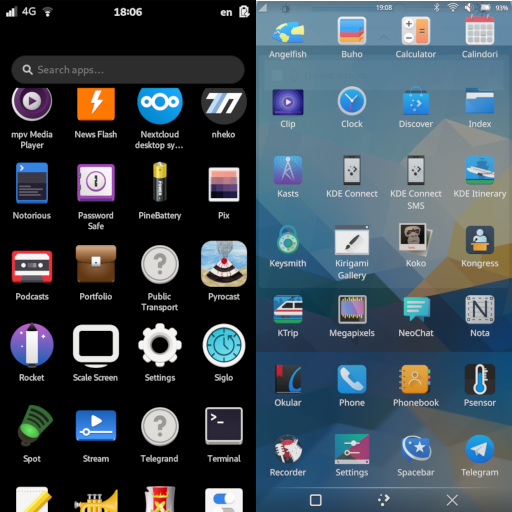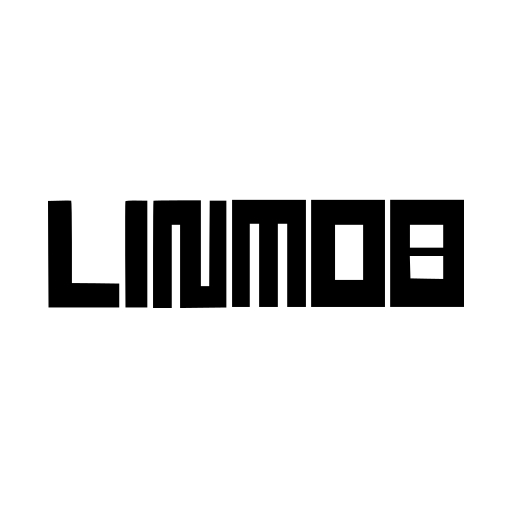No, it’s just that when you use a mainline kernel, you’re just not reusing all the Android (often user-space) drivers that make cameras work on Android and due to that stuff, starting from drivers for the SoC camera interface to the camera sensor have to be re-implemented. Whether you are on glibc (e.g., on Debian/Mobian) or musl/Alpine does not really matter.
Also, Camera APIs and the whole “desktop Linux” camera stack (think of things like debayering, white-balance) is nowhere near as developed as what Android has (and that, IUC, Ubuntu Touch can reuse on Halium by plumbing things together).





Modern Android? More like Modern GNOME - it’s called adwaitapod and adwaita is the name of GNOME’s style. :-)